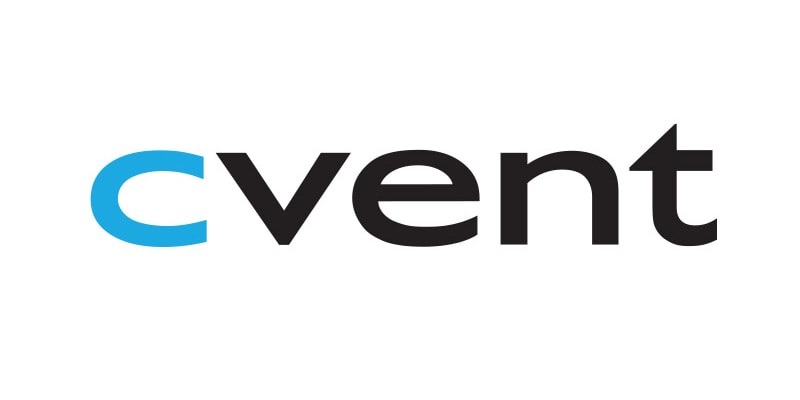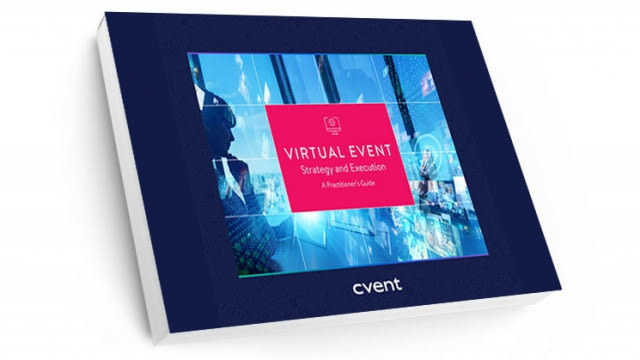Why post-event follow up is crucial to event success

Post-event feedback, whether it is positive or negative, is incredibly important.
Organising an event is no small feat. It takes an immense amount of time, effort, and an army of professionals. Therefore, it is important to know which aspects of your event are most important to your audience and deserve every ounce of your energy, and which ones you can afford to forgo for future events. This knowledge, however, can only be acquired if key stakeholders are given a platform to convey their feelings, reactions, and feedback about the various aspects of the event.
Post-Event Survey Questions
Feedback received from your target audience through post-event survey questions serves as a crucial tool to measure your success and learn how to improve.
Set Clear Survey Goals?First and foremost, when crafting post-event survey questions, you need to identify the value of the survey. Having goals in mind while formulating the survey will allow you to create questions that fulfill those goals. As yourself why you are conducting the survey and what you plan to achieve from getting your questions answered.
Net Promoter Score
The key purpose of a post-event survey is to garner your event’s success rate and measure your Net Promoter Score (NPS), which indicates how much value your event brought to event attendees. The score is measured on a scale of 1 to 10 can be calculated by answering the question, "how likely is it that you would recommend this event to your colleagues and friends?" Scores of 9 to 10 are considered promoters, loosely translated these are your loyal customers. Scores of 7 to 8 are considered passives positioned in a neutral spot. Scores of 1 to 6 are considered detractors, folks who are unlikely to attend your event in the future or recommend it to others. The NPS is calculated by subtracting the percentage of detractors from the percentage of promoters. The end goal isn’t just to get an increased number of attendees at your event but to ensure that you’ve gained some loyal customers who can vouch for your event.
Audience
Now that you’ve zeroed in on why you’re conducting the survey, you need to identify the different event stakeholders.
Attendees
The most obvious category of stakeholders is the attendees for whom the event is organised. Their feedback is likely to determine their future participation. Their word holds value among their peers and can benefit or harm future event participation depending on their individual experience.
Sponsors
Another important category is that of the sponsors who support your event. In order to ensure their collaboration in future events, it is important to gain insight into their experience.
Event volunteers
While you and your teammates are busy running the event, it is the event volunteers who interact with your attendees and receive on-site feedback. Asking them to answer your post-event survey questions will help them relay your attendees’ feedback. Plus, having observed first-hand what works and what doesn’t, they may also have suggestions for you.
Managers of your attendees
Most corporate professionals need their managers’ approval before attending a corporate event. Surveying your attendees’ managers will help assess what the managers expect their employees to gain from your event. If your event has a positive impact on your attendees, then the manager might want to send other employees in the future and also recommend his/her peers to do the same.
Event survey software
In today’s digital world, there are many tools that gather event feedback. The internet is filled with event survey software, so depending on your budget, need, and convenience, you have the liberty to choose from survey templates, Google forms, websites like SurveyMonkey, mobile event apps, and more. The question is, which tool will ensure that majority of the participants take the survey?
Once your audience has left the event premises, it is hard to get them to answer questions about the event. Therefore, sending Google forms or survey templates post-event and following up with reminders may engage a small group of people, but in order to increase survey participation you should encourage your participants to answer questions on the spot. One way to do this is by sending pop-up questions via your mobile event app after each session asking the audience to rate the speaker and/or session. You could also place placards with QR codes around the event venue that participants can easily scan to answer survey questions.
Post-event survey questions
The purpose of survey questions, whether asked post-event or post-session, is to get feedback that is as comprehensive as possible with minimum effort and time expended by your audience. The questions posed to the different categories of stakeholders may vary, but the pattern of the questionnaire should remain the same. The survey length should not be more than 10 to 12 questions, the majority of which should be rating questions and/or multiple-choice questions coupled with a few open-ended questions. Below are a few sample questions for each stakeholder category.







